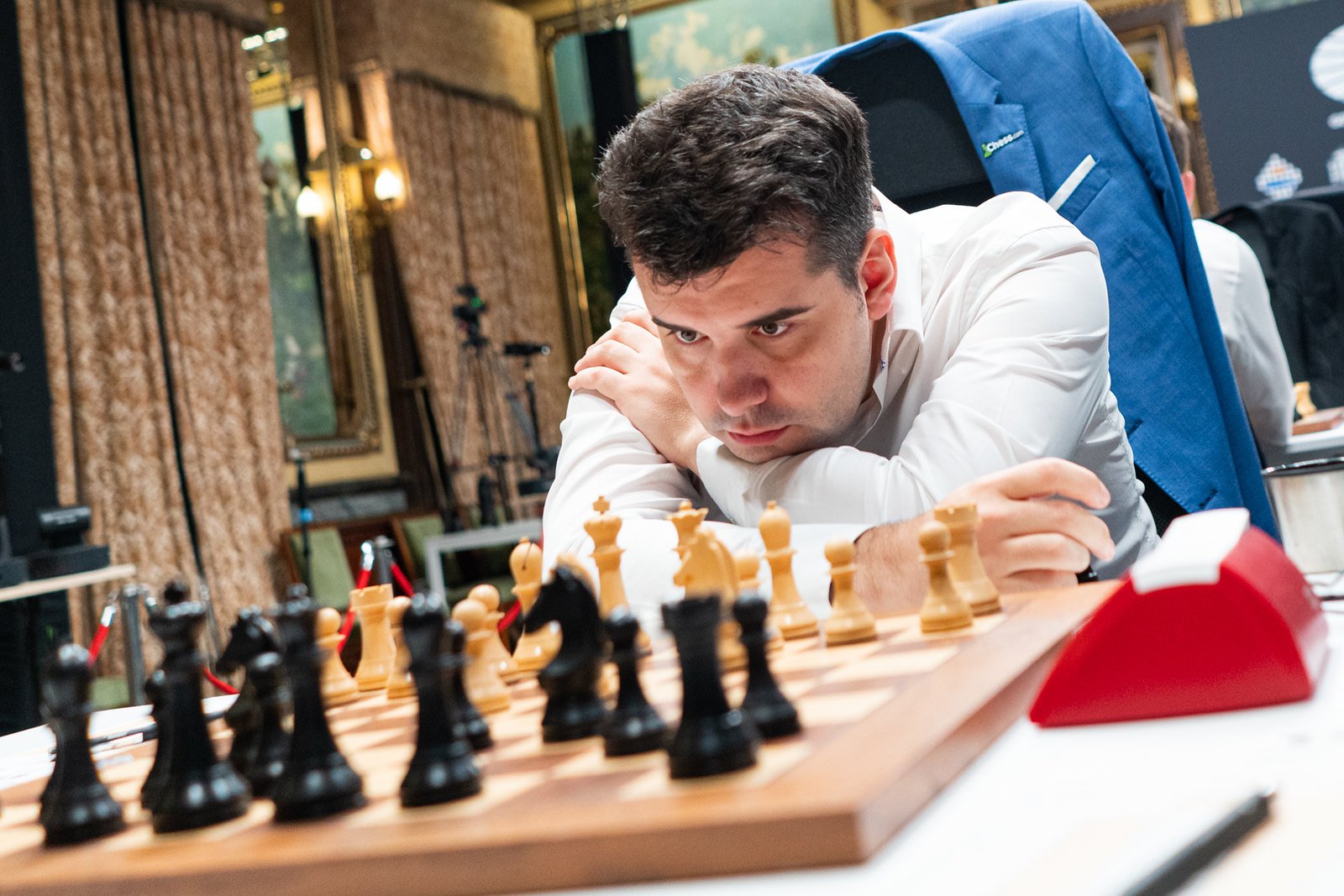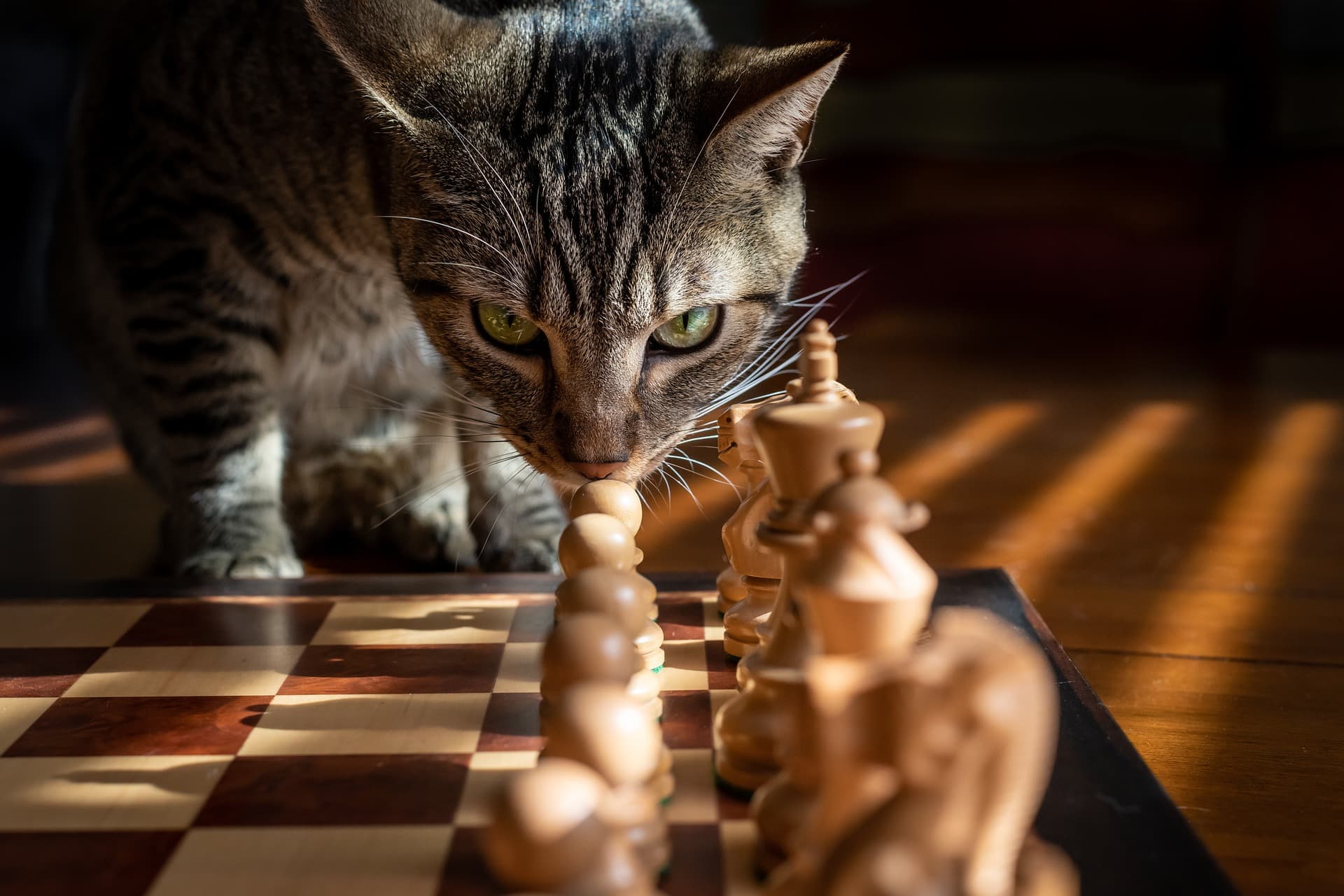Isolated pawns are a key concept in chess endgames and mid-games. It is one of the first concepts that gets introduced to intermediate players. Isolated pawns are, as the name would suggest, alone and separated from their counterparts, which means that they can only be protected by pieces. This makes them juicy targets for the enemy and finicky weakness to defend for you.
That isn’t to say they’re without advantages: earlier in the game, when many pieces are still on the board, the lines opened up around the isolated pawn offer great attacking opportunities for you – as long as you know how to take advantage of them.
How to play with isolated pawns
Hopefully you’ve got a plan in mind if you’ve purposefully gotten yourself into a position where you ended up with an isolated pawn! They can emerge from any of the popular mainstream chess openings, if you play your cards right. Though the isolated pawn is a long-term weakness, it also grants you great attacking opportunities in the mid-game.
Try to set up an attack on the enemy king by using open lines to your advantage.
There’s often enough space and territory to execute a rook lift in these positions. Any time you can get in a pawn break and push the isolated pawn further should also be a big step forward for you as it can give you control of very valuable squares in the enemy position.
How to deal against isolated pawns
The most important element of playing against isolated pawns is to stop them from moving. They can become a real thorn in your side (or worse still, in your middle) if they can run up the board, escorted by a myriad of pieces.
To make sure this cannot happen, you need to blockade them by placing a piece on the square immediately in front of them. The best piece to get the job done is a knight because of its unique way of attacking as it can still take care of vital targets on the board while right ahead of a pawn, while most other pieces on the chessboard would see their mobility greatly reduced by this activity.
The other thing with isolated pawns, as mentioned before, is that they are ultimately a source of weakness in the endgame.
To get there, you’ll need to trade-off most of the pieces on the board.
With most of the knights, bishops, and rooks gone (not to mention the queens), it will become much more difficult to defend an isolated pawn. Gobble it up and enjoy your clear advantage in the endgame!












Published: Jun 7, 2022 12:25 am